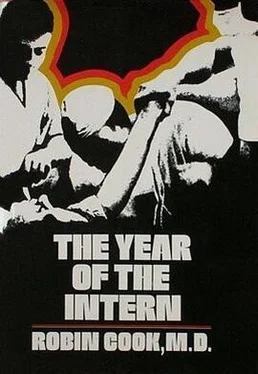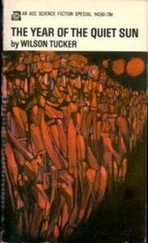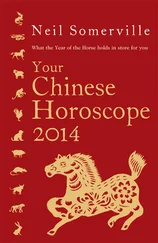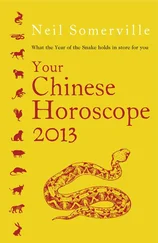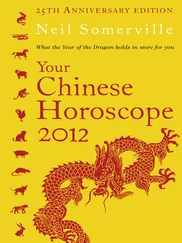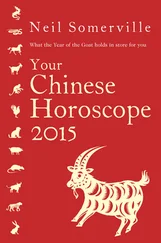Descending to one of the private surgical wards, I saw my gall-bladder patient, who was doing fine. Blood pressure, pulse, urine output — all normal. The IV was going well, and orders were adequate for the night. I wrote in the chart and walked down to the other gall bladder, although I was sure the resident had seen her. And he had.
Stopping by X-ray, I asked a secretary to locate the aortogram taken on my aneurysm that morning, so I could have a quick look. The chief resident had apparently accomplished the job after his mighty struggle. The secretary found the films right away, and I began to put them up on the viewer. There were so many they would not all fit on the screen. Thank goodness the numbers allowed me to get them up in sequence. Now to find the problem — usually an educated guess for me. But this time even I could make out a sizable bulge in the aorta, just beyond the left subclavian artery. Catching sight of me in front of the X rays, the radiologist called me over to give me the usual pitch on portable films, with special reference to the hernia man of the night before. But this time I got the last word. The radiologist was subdued to learn that the patient had died. Perhaps he believed now that I couldn’t have sent him up for a regular shot. I relished the victory, although of course I didn’t think the X ray, good or bad, could have made any difference.
Everybody on ward service was under control. Both hernias were in good condition, already walking; the gastrectomy had taken a full meal; the veins were ready to go home in the morning; one of the hemorrhoids had had a bowel movement. My abscess patient, not unreasonably, wanted to know why I had squeezed his fingers, and the edema man asked again about his pills, wondering how they made him lose water. I humored both patients with overly simplistic answers.
Only one problem — a new patient, or, rather, a new-old patient, for me to work up. This man, a big decubitus ulcer, had a history of at least twenty-five previous admissions. One was for swallowing razor blades, others for attempted suicide by more traditional methods and for psychoneurotic-conversion reactions, convulsions, alcoholism, abdominal pain, gastric ulcer, appendicitis, liver incompetence — his chart was a checklist of primary and secondary diseases. He had also been in and out of the state mental hospital for ten years. Just the sort of patient I needed, in my freshness and good humor. Talking with him was impossible, because he was so intoxicated he could remember only wild, sketchy details about the previous few hours. Trying to examine him and go through the charts took over an hour. Then I had to clean out his ulcer, a process known by the romantic-sounding French word debridement.
Bent over his buttocks and staring into the black and oozing necrotic ulcer that he had contracted from lying in the same position too long, I wished I had studied law. With a law degree, I would already have been out earning a living for two years. A full wardrobe, an impressive office, crisp, clean papers, a secretary, long, full nights of sleep — all would have been mine. Not one of them was mine now. Instead, I was crouching over an alcoholic’s smelly posterior snipping out dead tissue, trying to avoid the stench and discourage nausea. It had been exciting the first time in medical school, putting on that white coat and pretending I was a part of the seething, mysterious hospital complex. And how I’d envied the senior students and interns, with their stethoscopes and little black books and purposeful, knowledgeable ways. I had made it, slowly climbing the ladder of medicine and jumping the specific hurdles — until reality yawned before my eyes. Those buttocks were reality, the rear end of life, where I lived.
As I cut, the ulcer started to bleed a little at the edges. When the patient’s knuckles turned white where he was gripping the sheets, and when he started to swear and pound the pillow, I decided that I had reached viable tissue. I squirted in some Elase, which was supposed to continue cleaning the wound by enzymatically breaking down the dead tissue; then I packed it with iodoform gauze. That iodoform gauze was not Chanel No. 5, but at least it dominated the other smells, changing them from sickly dirty to unpleasantly chemical. I preferred the chemical smell. The Elase? I didn’t know whether it would work, but I put it in because of an article I’d read recently; it made me feel I was doing something scientific.
Before me now was the joy of afternoon rounds. No one liked these rounds, and few felt it was necessary for all of us to be there, because all essential arrangements were made by committee, so to speak. Nevertheless, we had afternoon rounds as if they were one of the Ten Commandments. Standing for long dreary minutes on one foot, then the other, we talked and gestured, indicating here a hemorrhoid, there a gastrectomy. We looked into all the wounds to make sure they were closed and not fiery red. The dressings were replaced rapidly, haphazardly, while the patients submitted like silent sacrifices on an altar. When one of them ventured a question, it was usually ignored, lost in the patter — “How many days since the operation?” “Should we switch to a soft diet or stay with full fluids?” Like the others, I presented my cases in a terse monotone. “Hemorrhoids, two days postoperative, wick out, no bleeding, no BM yet, normal diet.”
We shuffled to the next bed; a couple of doctors seemed to become interested in a crack in the ceiling plaster near one of the lights. “Gastrectomy, six days postoperative, soft diet, has passed flatus but no BM, wound healing well, sutures out tomorrow, discharge anticipated.” Somebody asked if the operation had been a Billroth I or II. Of course, he didn’t give a damn; it was just one of those questions you always asked about a gastrectomy. “Billroth II.”
Somebody else asked if there had been a vagotomy. “Yes, there was a vagotomy, and final path report was positive for neural tissue.” The patient suddenly got interested and asked what a vagotomy was, but no one paid any attention. Instead, a resident asked if the vagotomy had been selective — another timely query that would lead into a maze. “No, it was not selective. The path report on the ulcer substantiated a preop diagnosis of peptic disease.” By suddenly injecting concrete information not directly associated with the trend of the conversation, I had effectively changed the subject, and we shuffled on to the next bed.
Somnolently we went, growing tired and fidgety, and messing up all the dressings. The attending said that everything seemed to be under control and that he’d see us at the same time the following day. As in the sixth grade, in a game of spud, everybody scattered in all directions, except me. Apparently I had the ball, because I simply stood there, not thinking about anything in particular, just staring at the corner of a table that was tilted somehow and made the perspective look a little strange.
When I broke out of my semitrance, I was undecided about what to do. I could check on the private cases again, or I could sit around the ward and wait for new admissions, or I could go back and take a nap. The last option was immediately ruled out on superstitious grounds. If I went to sleep, I was sure to be called about some admissions, whereas if I stayed on the ward perhaps none would come in. A very scientific point of view. Anyway, I parked myself at the nurses’ station and leafed through some back issues of Glamour one of the girls had left behind. I wasn’t recording anything I saw. Flipping the pages and watching the patterns of colors as pictures mingled with print, I was lost in my own closed world, taking account of the sounds and motions around me but indifferent to them. One external event did penetrate my wall: it had started to rain again. Curiously, the sound of rain made me want to go surfing; a good wave or two might rinse away my depressing thoughts. I was overtired, and I knew that I’d be restless if I went directly to bed. Besides, there was a good hour of daylight left.
Читать дальше
